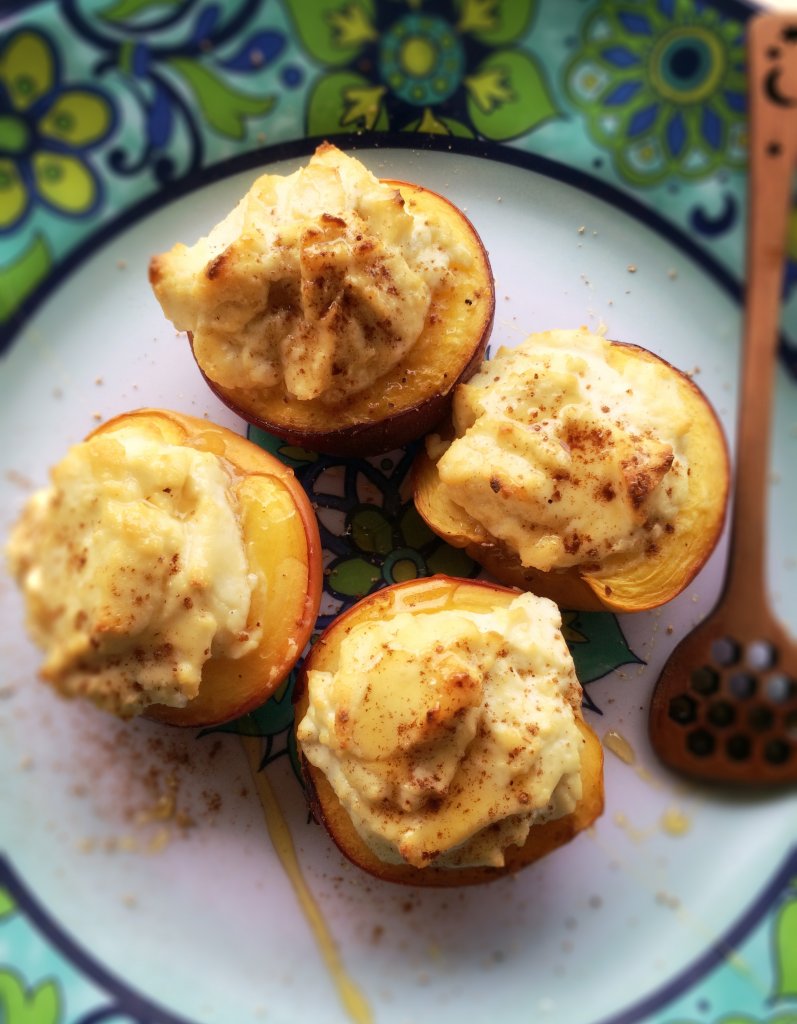
Golden Apples
The Golden Apples of Asgard are magic apples that grow in a golden orchard in Asgard. Asgard is the home of the Aesir, some of the Gods of the Norse Pantheon. The orchard is grown by the Goddess Idunna. The Gods must eat these apples in order to stay young, and have robust health. But were these mystical fruits really apples? We will discuss some theories.
My Writing Process
I think I am a writer above all things; it is just how my brain is wired. Writing is how I best communicate and the words just seem to flow whenever I have time to sit down and let them come. I also love finding connections in unexpected places. This week I will share a little about my writing process, which is like taking a peek inside my brain and seeing the warp and the weft of my synapses. My fiction writing is deeply influenced by my non-fiction writing and vice versa. I believe that magic can be found everywhere in the mundane world, and so I am also influenced greatly by the world around me when I write. For example, when roses were in full bloom back in May, I wrote The Many Uses for Rose Petals and in Dreams of Ýdalir roses were a focal point in the issue released that month. Like it says on my Amazon author profile: She “weaves the genres of fiction and non-fiction to create a rich tapestry of connection between myth and mundane.“ This month’s issue of Dreams of Ýdalir will be released this week. One of the chapters in the issue is about the Golden Apples of Asgard.
Golden Apples in Mythology
Golden Apples feature prominently in Norse and Irish mythology, as well as Greek and Romanian. The golden apple stories either center around the apples having magical properties, making them irresistible to an unworthy creature, often a bird who would then steal the apples or the apples are the divine food of the Gods, as in Norse mythology, similar to Ambrosia in Greek legends.
Idunna and the Golden Apples
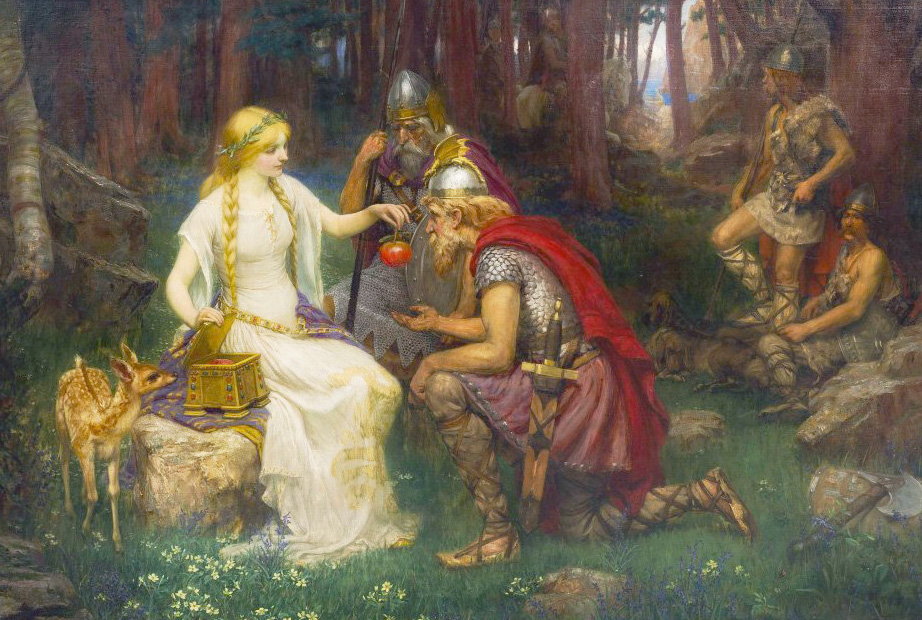
In Norse mythology the Gods must eat the apples in order to stay young. Many of the Gods are of mixed races – giants, dwarves, elves, Asgardians and Vanir and the golden apples give them long lives. The apples grow in an orchard tended by the Goddess Idunna. Her name means “The Rejuvenating One”. She is generally accepted as a Goddess of fertility and beauty, but also of health because of her rejuvenating powers and association with the apples.
Are They Really Apples?
The Old Norse word for “apple” is epli, and used to denote any fruit or nut. Apples as we know them today didn’t arrive in Scandinavia until the late Middle Ages. So the idea of the Golden Apples and what they really are is really up for interpretation. There are several fruits that can make a claim for being the Golden Apples. For example the apricot, known as Mala armeniaca means “Armenian apple”. The Ancient Romans referred to the peach as malum persicum meaning “Persian apple”. Peaches have often been linked to myths of immortality and of beauty. In the English language, we have used the word “peach” or “peachy” for several hundred years to describe desirable and attractive things, including young women. The ancient Chinese believed that peaches possess more vitality than any other tree because their blossoms appear before leaves sprout. During the Renaissance, a ripe peach was used as a symbol of a ripe state of good health. In Dreams of Ýdalir, the character Wuldor describes the Golden Apples of Asgard as: “crisp yet yielding and so juicy; their flavor is rich and syrupy – something between the ripest apricot and pure liquid honey…”.
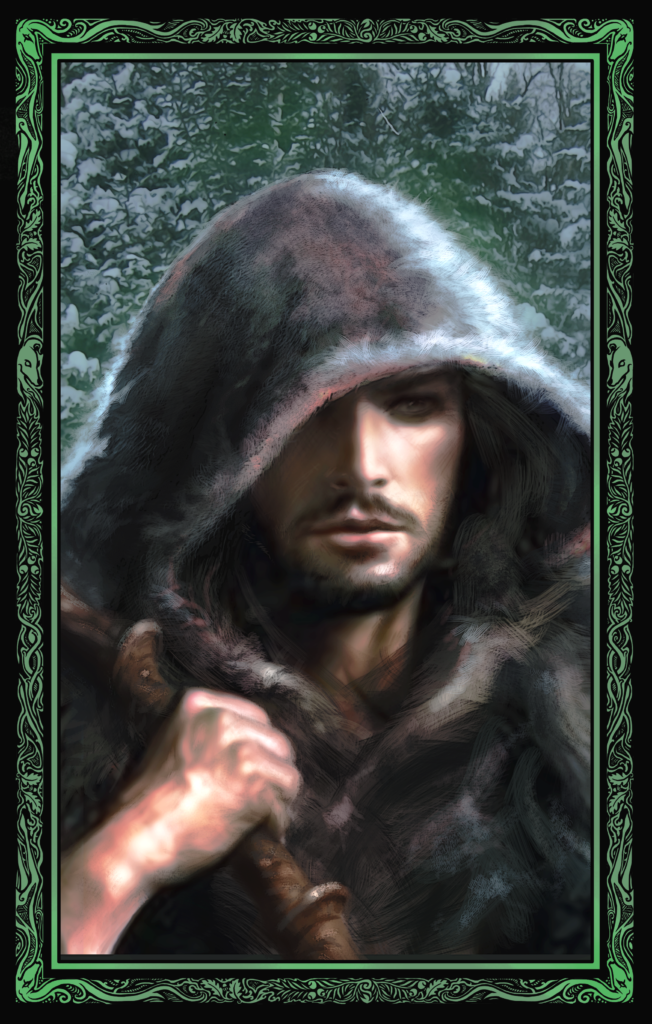
The Recipe
After writing about Golden Apples this month, I was inspired to make something rich and syrupy with fruits that are in season now – nectarines (which are actually peaches with no fuzz) stuffed with goat milk ricotta, sprinkled with cinnamon and drizzled with golden honey. Golden Apples of Asgard This recipe is inspired by the myth of the Golden Apples
INGREDIENTS:
2 ripe stone fruits (apricots, nectarines, peaches)
1 cup ricotta cheese (as fresh as possible, goat milk is preferred)
2 tablespoons of honey Dash of cinnamon
METHOD:
Preheat the oven to 400 F.
Wash the fruit well and cut in half; remove the stone/pit.
Stuff each half with ¼ cup ricotta cheese.
Then drizzle with honey and sprinkle with cinnamon.
Bake for 15-20 minutes or until the cheese begins to brown on top and the fruit is soft.
Serves 4.
If you like this recipe, you might enjoy Pistachio & Chevre Stuffed Apricots in my book, Love in Every Bite: The Secret to Cooking Healthy Recipes with Positive Energy.
What fruit do you think the Golden Apples really are?

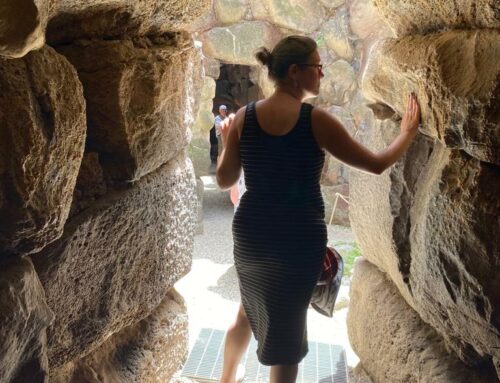

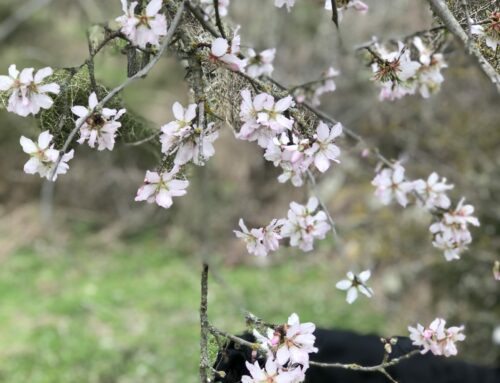




Leave a Reply